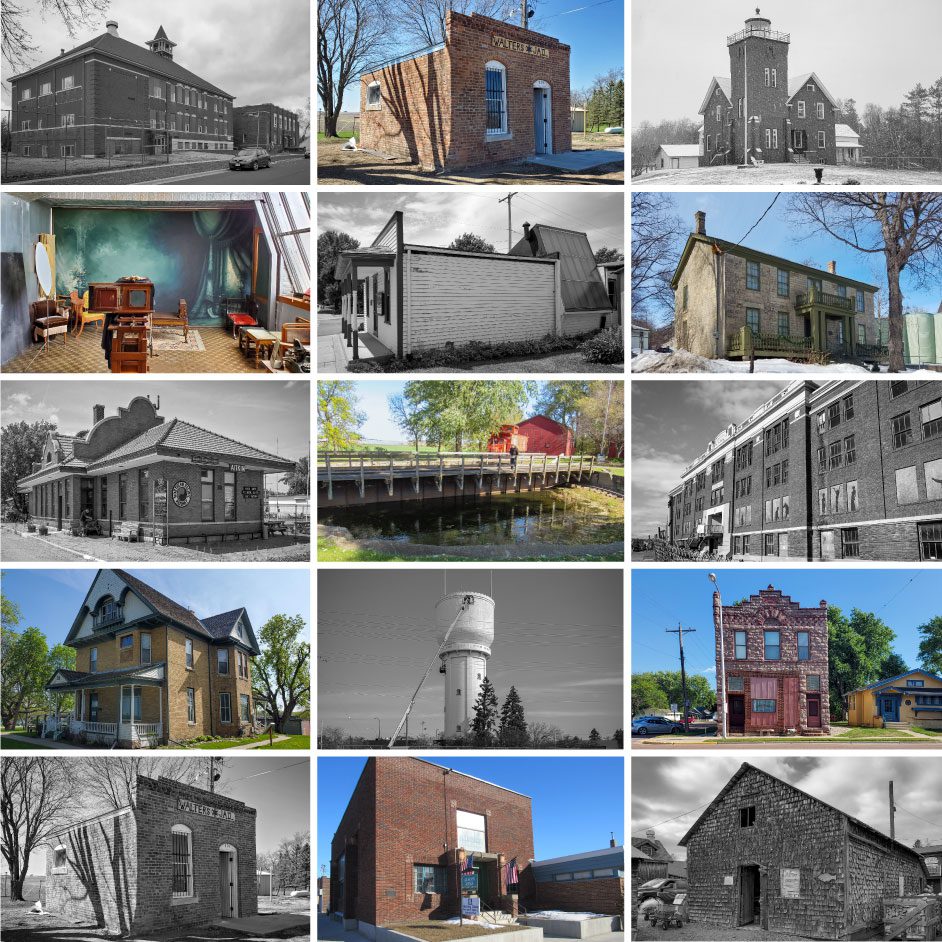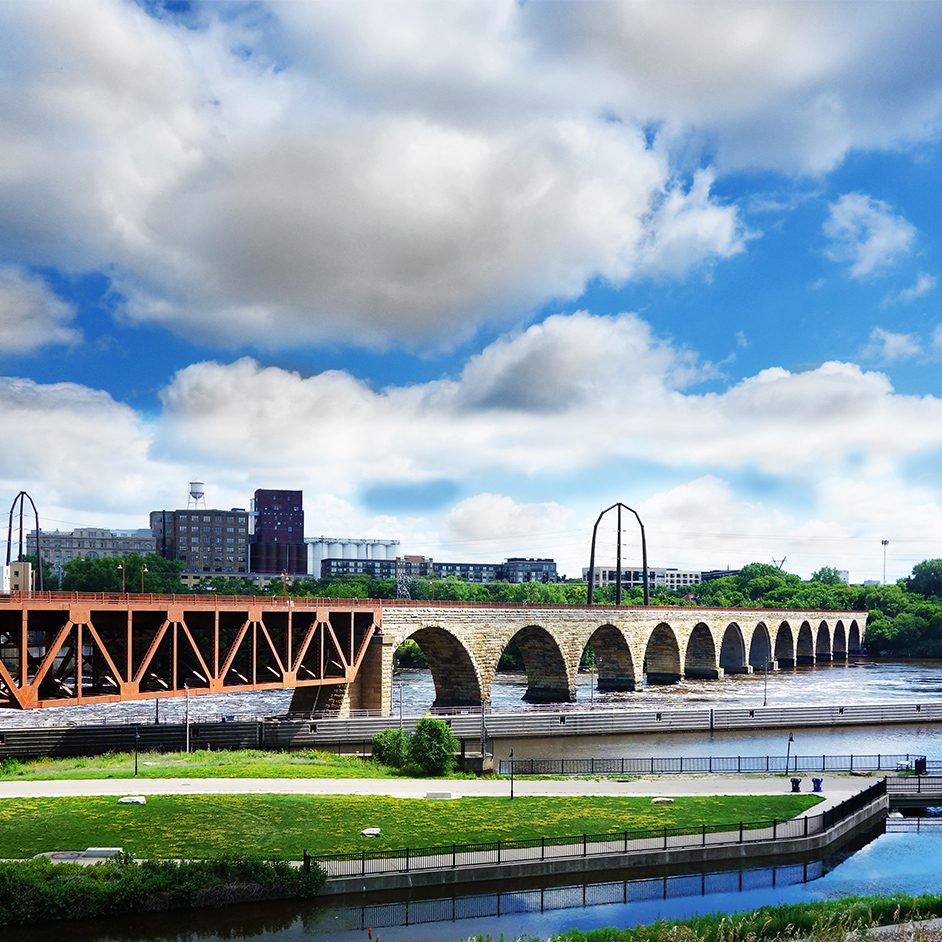
If you want to preserve a local landmark, here’s what you need to know, according to LHB preservation specialists Mike Lovato and Phil Waugh.
There’s a cool old building in my community. How do I know if it’s worth saving?
If you feel strongly that it’s worth saving and are ready to champion the effort, it’s worth saving! First, though, you’ll want to find out if it’s already on the National Register of Historic Places. (A quick Google search should tell you if the structure is listed, either individually or as part of an historic district designation.) Alternatively, if you live in a larger community, it might appear on a local registry. (Again, see Google.)
You should also call a preservation professional. This could be a historic architect, an architectural historian, or someone involved with a local historical society. The Minnesota Historical Society (MNHS) maintains a list of preservation professionals. You could also reach out to the Minnesota State Historic Preservation Office (SHPO) for advice.
How can I fund an historic preservation project? What kind of costs will be covered?
The first question to ask yourself is, is this a private or development-driven project, or a public project (ie a non-profit or government-owned structure). If it’s privately owned, you may be eligible to apply for state and federal tax credits, which can cover up to 40% of the project costs.
If it’s a public project, funds are usually available in the form of grants. MNHS has several different grant opportunities that cover direct preservation costs, like a new roof, masonry repointing, window restoration, etc. (You couldn’t get money from the MNHS to update technology in a conference room in a historic building, for instance.) The U.S. Department of Agriculture and nonprofits like the Jeffers Foundation also provide grants for preservation projects.
If you’re applying for grants or tax credits, however, you should expect that the money will come with requirements.
If I set up a preservation group, what kind of people and skill sets should I look for?
Someone who is good at managing volunteers, someone who is good at writing grants, someone who is good at getting the message out, and anyone who is handy in the building trades. Find collaborators who have the time, energy, and patience to see the process through. It can take years and years to succeed—but it’s worth it!
Is there any way to estimate the potential cost of preserving a building?
Historic preservation is expensive and there are many things that go into the cost of building repairs. A preservation professional can provide general estimates for certain scopes, like repointing, or new roof membrane, etc., but typically an historic preservation condition assessment is required to determine the full extent of what’s needed and what it might cost.
What’s the difference between preservation, renovation, and rehabilitation?
The Secretary of the Interior’s Standards for the Treatment of Historic Properties is the officially recognized standard by which all preservation treatments are defined. They list Preservation, Rehabilitation, Restoration, and Reconstruction as the official treatments. About 95% of the work we do at LHB is considered “rehabilitation” because you are adapting an old historic building for a new purpose. You might encounter a more “preservation” based approach if, say, you were working on a historic church that was still operating as a church, much as it always had. But those projects are pretty rare. The SOTI Standards for Rehabilitation provide a flexible framework for determining what treatments are appropriate or inappropriate when performing this type of work and are readily available online.
Can you share a story about a community that rallied around a project and got great results?
Many Minnesotans are familiar with the water tower in Brainerd. It looks like a turret on a castle and has become a beloved landmark. The local community is really dedicated to preserving it. In 2015, we partnered with New History to write an historic structures report, which outlined the historical context for the development of the resource and helped prioritize repairs and other preservation recommendations. The community raised funds to replace the long-missing roof, and we’re now wrapping up work on window restoration, interior stair repair, new electrical, and exterior restoration. There’s still a lot of fundraising that must be done to bring this all to a closure, but the story shows that when a community rallies around a preservation project, it can make things happen! ∎
Learn more about LHB’s historic preservation services here, or reach out to one of our preservation specialists, Mike Lovato or Phil Waugh.



